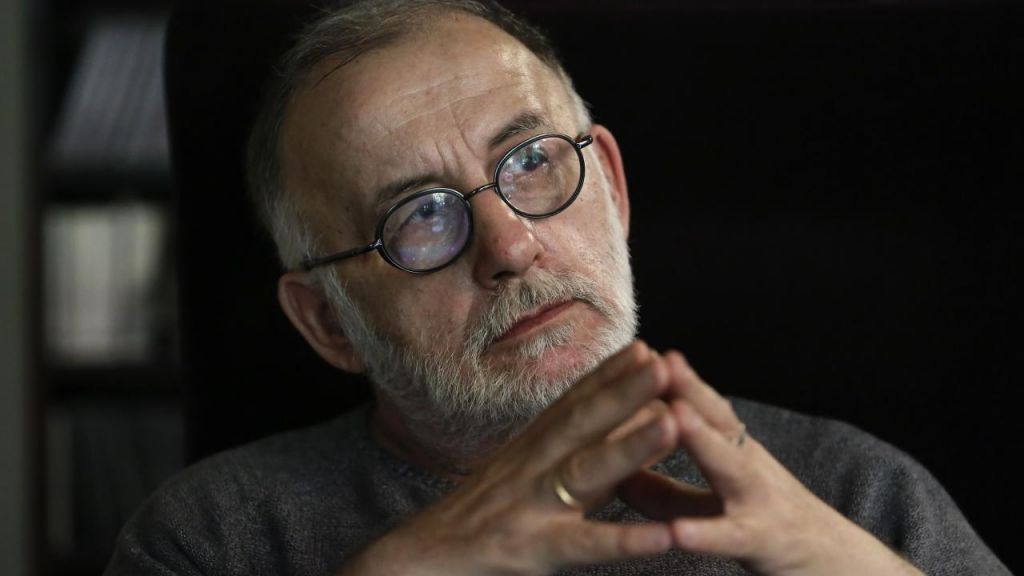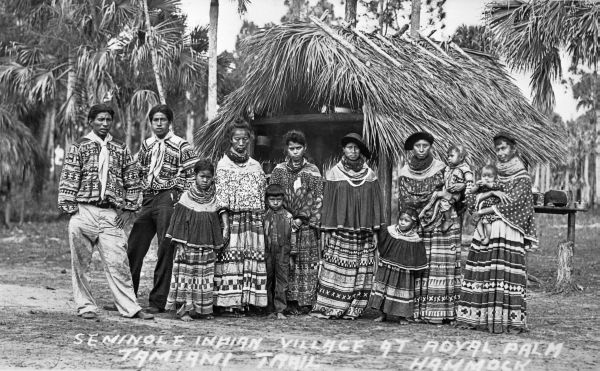Eleni Mitsou
On June 21 and 22, five anticapitalist organisations in Greece (Anametisi, APO, DEA, Metavasi, Xekinima) hosted a two-day discussion entitled “The experience of 2010–15: for the Left that we need today.” Below, we publish Eleni Mitsou’s contribution to the discussion on the topic: “Elements of Left-wing Strategy and Tactics: State, Government, Power.” Read the balance sheet for the event here
The Left has come to power many times in many countries. However, it has not managed to change society—this is why barbarism continues to prevail around the world today.
The most important historical steps were taken with the Russian Revolution. However, the revolution did not survive. From the mid-1920s onwards, both the party and the state began to degenerate.
More recently, we saw the rise of New Left Formations—obviously, I am not drawing a direct comparison between these parties and the Bolsheviks. Among them, SYRIZA was the most prominent, whose government ended in sell-outs and a historic defeat, with international repercussions.
This raises a central question: what are the conditions for a left force that aims at radical social transformation—as opposed to a left force that merely seeks to manage the system—to achieve its goals?
The most important condition is the existence of a programme that leads to a break with the capitalist system.
The second is the mobilisation of the working class and the masses. Without their active involvement in the struggle to overturn exploitative, poverty-producing and oppressive policies—as well as the system as a whole—no progress can be made.
The programme and the mobilisation of the working class and the masses are interconnected. The programme gives direction and purpose to the struggle. But without convincing and mobilising them, the programme will remain nothing more than words on paper.
***
Based on its programme, the SYRIZA government was doomed from the start. Its 2014 programme, also known as “The Thessaloniki Programme,” made this clear: it aimed to negotiate with the lenders. There was no intention or objective of overthrowing the system.
Even during the referendum period—when it was widely understood that a ‘No’ vote would most likely lead to Greece leaving the euro, something the bourgeoisie made abundantly clear by every possible means—the SYRIZA leadership insisted there was no question of leaving the EU or the euro, let alone of breaking with the system as a whole.
Then, after compromising and capitulating, the same leaders blamed the people for their own sell-out. They claimed that the people were not ready for a rupture with the system, and that there was no grassroots movement to support the government.
SYRIZA’s programme was not transitional—that is, it did not connect the struggle for immediate demands with broader social transformation. Instead, it remained within the framework of capitalism.
The SYRIZA leadership failed to understand two key things:
First, that the EU would push Greece out of the euro if SYRIZA attempted to implement even its 2014 programme.
Second, that capital would sabotage any pro-people reforms introduced by a left-wing government.
Therefore, the only way to carry out the pro-people reforms included in SYRIZA’s programme was to combine them with:
- Nationalisation of the banks and all strategic sectors of the economy. This would prevent sabotage by private capital and redirect resources toward social needs, based on principled economic planning.
- The creation of institutions of workers’ and popular power in workplaces and neighbourhoods. This would not mean simply appointing SYRIZA managers or accommodating the opportunists who had joined the party to gain access to power. Many will recall how, in various workplaces, ‘second-rate’ PASOK trade unionists who failed to get elected to union boards became SYRIZA members overnight.
- Preparation for a transition to a national currency.
- Implementation of capital and foreign trade controls. These should be imposed by a left government—not by lenders after the rich have already moved their money abroad—to ensure that capital cannot flee the country.
- Refusal to pay the debt.
Despite the war launched by the Troika, the SYRIZA government consistently made its debt repayments from the very beginning. Responsibility for this lies with Tsipras and his team, as well as with Varoufakis—who claims to recognise the mistakes he made. However, it remains doubtful whether he understands their full extent and depth.
***
In times of crisis, it becomes particularly difficult to guarantee the basic rights and needs of the working class and the masses. A transitional programme (in the classical sense) begins with the essential reforms required by society and the movement. It starts with pro-people measures to meet the needs of the working class and the masses, and links these to proposals aimed at stripping political and economic power from both foreign and domestic capital. This includes, as basic components (though certainly not limited to):
- Nationalisation of banks and strategic sectors.
- Workers’ and social control is essential to prevent bureaucratic parasites from undermining what is being built.
- Control of capital flows and trade, to stop the “markets” from destroying the economy.
- In the specific circumstances of 2015, this would have required a transition to a national currency.
The SYRIZA leadership refused to adopt such a programme, justifying their stance by claiming—among other things—that Greek society was not ready for a rupture, and that there was no movement to support such policies. This was a major lie and deeply flawed logic.
In reality, the SYRIZA government sabotaged the movements.
And even if we were to assume that such movements didn’t exist, the government could have helped create them. When the working class and the broader population are presented with a real opportunity to confront their oppressors and win, movements emerge.
The referendum is the clearest proof of this.
The SYRIZA government called the referendum believing they would lose—thus gaining an excuse to compromise. However, society, the working class, and the general population, unaware of the leadership’s real motives and plans, rallied around the declared goal. They were inspired by the hope of overturning the memoranda and rose to the occasion. A massive movement was created—one that the SYRIZA leadership ultimately betrayed.
Afterwards, they tried to justify this betrayal by referring to the Bolshevik Party and the Treaty of Brest-Litovsk, quoting Lenin on the necessity of concessions and compromises. But, of course, they conveniently forgot that the Bolshevik government had already taken decisive measures against the power of capitalists in 1917. It nationalised the banks and large enterprises, refused to pay the Tsarist debt, and supported the self-organisation of workers and popular masses in the form of the Soviets. It even gave decisive power to bodies in which the Bolsheviks did not have a majority, such as the Soviets of the peasants. And it did all this under far more difficult conditions: first the devastation of World War I, followed by civil war and a military invasion by more than 20 countries.
***
SYRIZA owes much of its rise in popularity to its proposal to the KKE for a “government of the Left.”
The KKE paid for its refusal with a decline and stagnation in popularity, as well as a crisis and significant losses in its ranks—both in terms of voters and organised members.
The tactic of the United Front is primarily focused on the movement and mass workers organisations. However, depending on the circumstances, it can also involve political and electoral cooperation, including for the purpose of forming a government.
The 4th Congress of the Communist International examined the United Front more thoroughly than previous congresses. It addressed not only cooperation at the level of trade unions and movements, but also the stance that revolutionary forces should adopt toward reformist governments and the possibility of participating in such governments. The Congress did not address this issue solely on a theoretical level—it also dealt with specific reformist governments in Europe at the time.
The tactics discussed at the Fourth Congress were not based on a simplistic line of “no cooperation with the reformists.” Instead, they laid out a range of approaches depending on each country’s conditions and the strength of revolutionary forces. The resolutions included positions on critical support, tolerance, and even participation in “workers’ governments”—that is, reformist governments. At the time, reformism had deep roots in the working class and represented a large number of workers. The aim was never crude electoralist gains but the strengthening of the movement and the spread of revolutionary ideas.
The Fourth Congress was no exception in this respect. The United Front tactic was already present in the Bolsheviks’ actions before the Russian Revolution and appears in texts such as Left-Wing Communism, in which Lenin advises the small communist forces in England to join the Labour Party and spread revolutionary ideas from within.
Applying these lessons to the period from 2014 to 2015: if KKE had been a revolutionary party—a communist party in the true sense—it would have agreed to cooperate in forming a left-wing government. At the same time, however, it would have said: “Let’s first discuss the programme—what kind of ‘left-wing government’ and with what objectives?”
This would have shifted the debate to the programme, which was the decisive issue. It would have enabled KKE to publicly present the plan and the goal the movement needed, fundamentally altering the balance of forces in that period.
However, KKE is not a revolutionary party (this characterisation does not apply to the thousands of activists in its ranks). Hiding behind the excuse of “revolutionary purity,” it avoided the fight for power and systemic rupture.
ANTARSYA adopted a similar, though not identical, position. The majority of its members believed that as revolutionaries, they should refuse cooperation with SYRIZA, expecting that once SYRIZA betrayed its programme, ANTARSYA would benefit by being the more militant pole on its left. The exact opposite happened: they fell into crisis and squandered a force that, under different conditions, could have played a leading role in a broader rupture. With over 3,000 members at the time, they could have acted as a catalyst. This would have been even more likely if the revolutionary left forces—both inside and outside SYRIZA—had reached an agreement and fought for the same goal from different positions.
In summary, a United Front at all levels and in its various forms is based on cooperation between revolutionaries and reformists. The idea that a United Front consists only of cooperation between revolutionaries is not rooted in the tradition of the revolutionary movement since the time of Marx.
***
All of the above are interconnected and inextricably linked.
The programme: it must be transitional—not reformist, and not defined in terms of “minimum” or “maximum” demands, which would postpone the goal of building a socialist society to some indefinite point in the future.
The United Front is a tactic embedded within the broader strategic goal of seizing power through institutions of workers’ and popular power—politically, economically, and across all levels of society.
***
We are living in a period where the idea that “There Is No Alternative” (TINA) still dominates. We must fight to overturn this narrative. We must contribute to the rebuilding of a mass revolutionary Left.
At the same time, we need to revive the vision of an alternative society. This requires reclaiming and cleansing the concepts of socialism and communism—free of the stigma attached to them by governments like PASOK, the Stalinist USSR and its successors, and the betrayals of SYRIZA’s leadership. We must do this with clarity and boldness.
People—especially younger generations—are driven to action by the fight for immediate, tangible issues and the vision of a different, just society. What inspires them most is the understanding that these two struggles are not separate but interconnected in a single, ongoing, and transformative movement.













